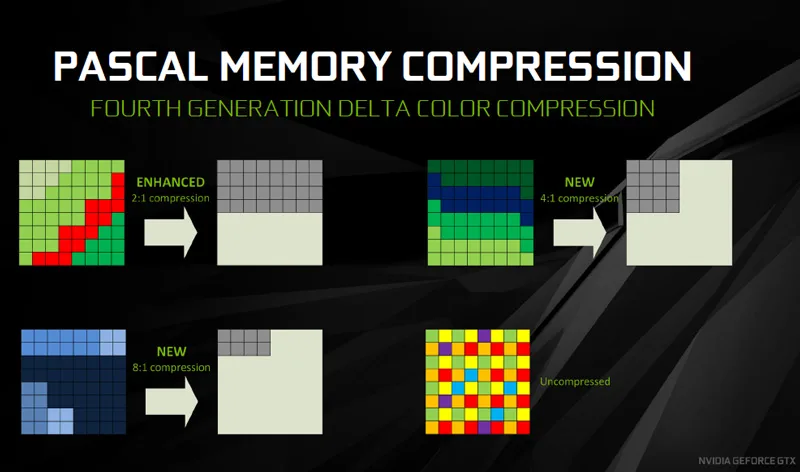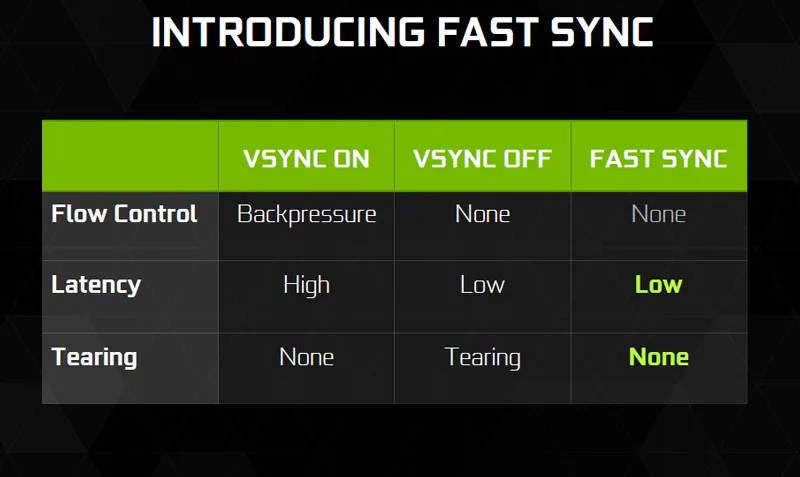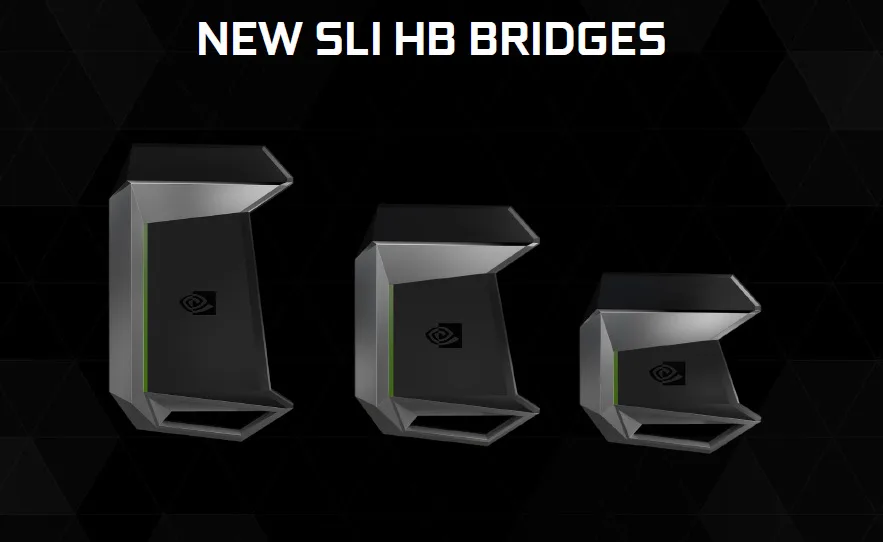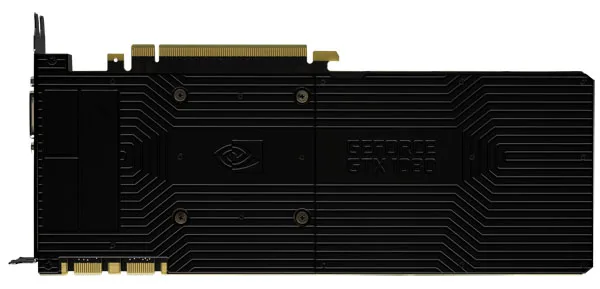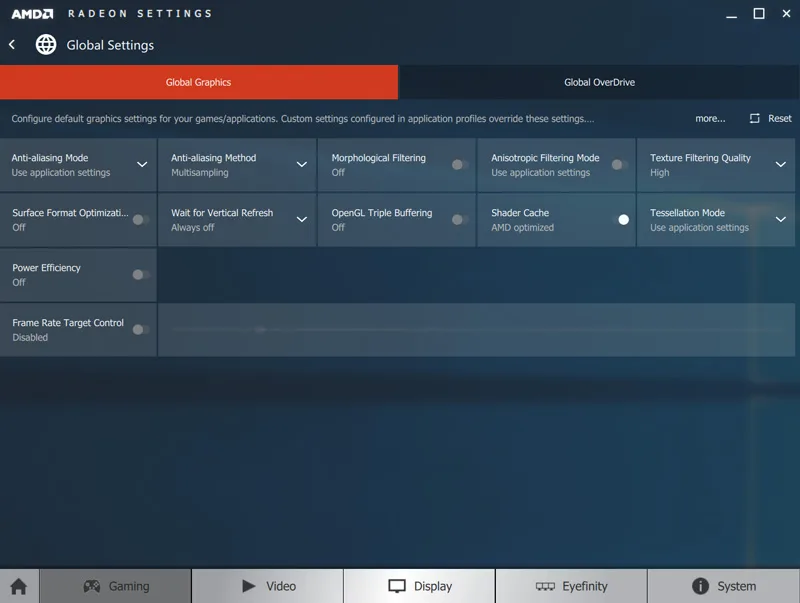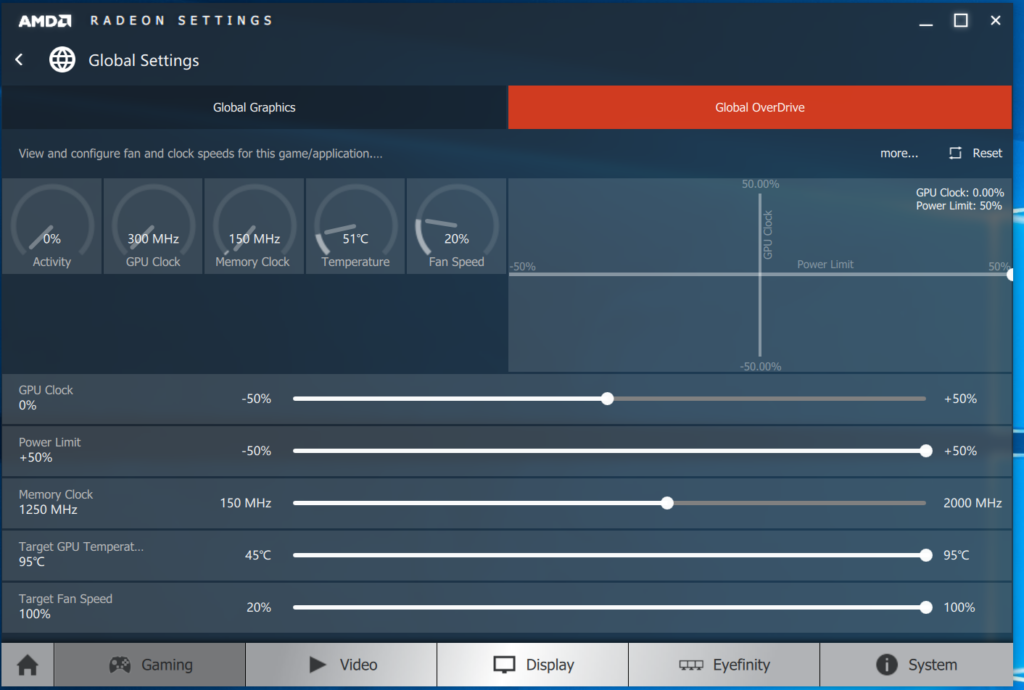BabelTechReviews was at Nvidia’s GTX 1080 Austin Launch event last week, May 5-8, which included the Editor’s Press Day on Saturday. We attended a deep dive into the features and architecture of the new video card under a Non Disclosure Agreement (NDA). Earlier on Friday, Nvidia’s CEO Jensen had just fully unveiled the new DX12, fully VR-enabled, 7.1 billion transistor Pascal flagship GTX 1080 at $699 for the Founder’s Edition built by Nvidia, with a promise of partner cards starting at $599. With 8GB of vRAM, Nvidia claimed that the GTX 1080 will be significantly faster than the GTX TITAN X, the GTX 980 Ti, GTX 980 SLI, and much faster than AMD’s flagship, the Fury X. Plus, it is supposed to be able to overclock very well. These are some big claims, and today we will give our own testing results to you.
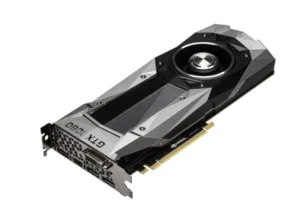 BTR received a GTX 1080 from Nvidia to take home with us, and we have put it through its stock and even overclocked paces with our updated 26-game PC benchmark suite against the GTX TITAN X and GTX 980 SLI, and also versus the Fury X, AMD’s flagship.
BTR received a GTX 1080 from Nvidia to take home with us, and we have put it through its stock and even overclocked paces with our updated 26-game PC benchmark suite against the GTX TITAN X and GTX 980 SLI, and also versus the Fury X, AMD’s flagship.
We are testing all of our competing cards on a clean installation of Windows 10 64-bit Home edition, using resolutions of 1920×1080, 2560×1440 and at 4K’s 3840×2160. As befits testing top video cards, we use Intel’s enthusiast Z97 platform with Core i7 4790K turboed to 4.4GHz by the BIOS, and 16GB of Kingston’s 2133MHz Predator DDR3. All games are patched to their latest versions and we are using the latest drivers for AMD’s Fury X as well as for the GTX 1080, GTX 980 SLI, and TITAN X.
Before we give you the results of our performance testing, we want to briefly cover Pascal architecture, as well as detail the specifications and features of the new GTX 1080. Since we benchmark 26 games, we have a much larger benchmark suite than any other English-speaking tech site in the world, so we are going to concentrate on performance and we will only briefly summarize the new features of the GTX 1080 and will go into further detail in future articles. But first, let’s bring our readers up to date.
The GTX 980 and the GTX 970 both launched in September 2014 as Maxwell GM204 architecture – a mid-sized chip – and both of them were faster than AMD’s flagship at the time, the R9 290X. Afterward, Nvidia launched their $1000 TITAN X as GM110, a big chip Maxwell GPU with 12GB of vRAM followed quickly by their 6GB-equipped flagship gaming card, the GTX 980 Ti for $649 which is slightly faster than the TITAN X in most games. In the meantime, AMD rebadged their 200 series lineup into 300 series, renaming the 290X into the 390X and equipping it with 8GB of slightly faster vRAM. AMD also brought out their new Fiji Flagship, the Fury X at the same $650 pricepoint as the GTX 980 Ti, but its performance generally fell short of the GeForce card. It was also touted by AMD as an Overclocker’s Dream, but Fury X did not meet expectations as they generally barely overclock.
Key Features of the Pascal GTX 1080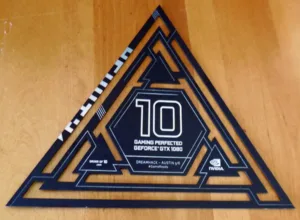
Pascal offers large increases in performance, memory bandwidth, and power efficiency over the current Maxwell architecture. It introduces new graphics features and technologies that confirm the PC as the ultimate platform for playing AAA games and for enjoying virtual reality.
Nvidia sums up Pascal’s features as being “the Perfect 10”, this being the ten series beginning with the release of the GTX 1080 now, and shortly afterward, the GTX 1070.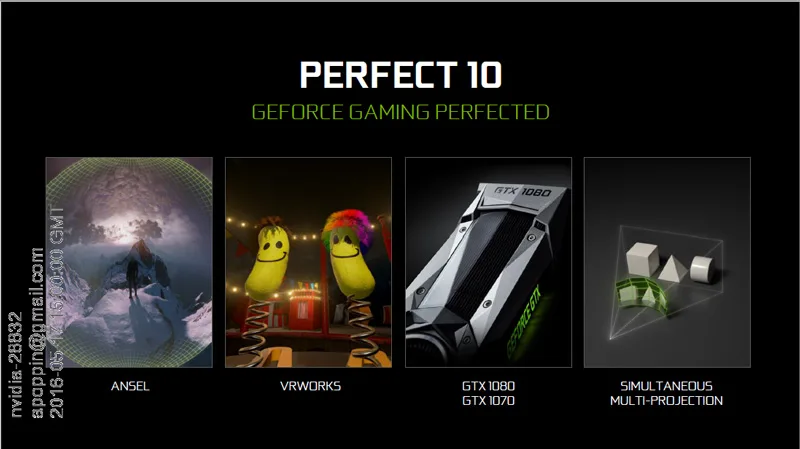
Nvidia has engineered the Pascal architecture to handle the demanding computing and gaming needs of technologies like VR. It incorporates five new technologies:
- Next-Gen GPU Architecture. Pascal is optimized for performance per watt. The GTX 1080 is 3x more power efficient than the Maxwell Architecture.
- 16nm FinFET Process. The GTX 1080 is the first gaming GPUs designed for the 16nm FinFET process, which uses smaller, faster transistors that can be packed together more densely. Its 7.2 billion transistors deliver a significant increase in performance and efficiency.
- Advanced Memory. Pascal-based GPUs are the first to use 8GB of Micron’s GDDR5X memory. The 256-bit memory interface runs at 10Gb/sec., helping to drive 1.7x higher effective memory bandwidth than that delivered by regular GDDR5.
- Superb Craftsmanship. Increases in bandwidth and power efficiency allow the GTX 1080 to run at really high clock speeds over 1700 MHz while only using 180 watts of power. New to Pascal is asynchronous compute. And new GPU Boost 3 technology supports advanced overclocking functions.
- Groundbreaking Gaming Technology. New VRWorks software features let game developers bring more immersiveness to gaming environments. And Nvidia’s Ansel technology lets gamers share their gaming experiences and explore gaming worlds in new ways.
The next generation of games will not only look better but run faster on the GeForce GTX 1080. Nvidia has developed a number of advancements for virtual reality reducing latency, improving image quality, and bringing a whole range of new content to VR.
The enhanced Nvidia VRWorks software development kit offers a higher level of “VR presence” by combining what users see, hear, and even touch with the physical behavior of the environment.
- 2x VR Graphics Performance: VRWorks Graphics now includes a simultaneous multi-projection capability that renders natively to the unique dimensions of VR displays instead of just to traditional 2D monitors. It also renders geometry for the left and right eyes simultaneously in a single pass.
- Enveloping Audio: VRWorks Audio uses the Nvidia OptiX ray-tracing engine to trace the path of sounds across an environment in real time which better reflects the size, shape, and material of VR than previous solutions.
- Interactive Touch and Physics: Nvidia PhysX for VR detects when a hand controller interacts with a virtual object, and enables the game engine to provide a physically accurate visual and haptic response.
Nvidia has integrated these technologies into a new VR experience called the VR Funhouse.
The GTX 1080 Pascal GPU
First, take a look at the GTX 1080 block diagram which will prove to be the world’s fastest GPU as we shall show.
The GTX 1080 GPU has 64 Raster Operating Units, 20 SMs of 128 Cores each totaling 2560 CUDA cores, 20 Geometry units and 160 Texture units. It uses Micron’s 256-bit GDDR5X at 10 Gbps which makes it significantly faster than GDDR5 and its 1.61GHz GPU clock has a boost of 1.73GHz or higher. We also easily managed a 2GHz clock with complete stability although we only had time to spend a few minutes with overclocking by using the new beta Precision XOC.
There are 7.2 billion transistors packed into the GTX 1080 GPU, and it uses the 16nm FinFET process which means the GTX 1080 has only a TDP of 180W thanks to a completely new GPU and a more advanced board design than the 28nm Maxwell architecture. And as befits a new architecture, Pascal uses a more advanced and efficient memory compression system
More effective memory compression means a significant savings in bandwidth which make for more efficiency and for a faster video card than Maxwell.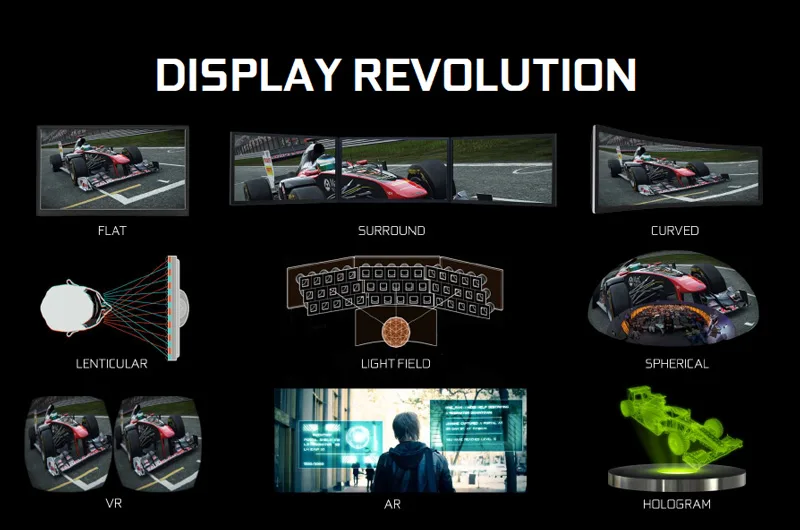
Simultaneous Multi-projection
Simultaneous Multi-Projection (SMP) is a new technology that allows Pascal GPUs to render more efficiently on modern displays. SMP allows Pascal to project to 16 different viewports, each with the ability to rotate in order to better match the display. It also has the ability to project more than one viewport simultaneously. SMP is used for multiple new graphics techniques such as Perspective Surround, Lens Matched Shading, Single Pass Stereo, and MultiRes Shading. When used for virtual reality, SMP technologies can result in up to 1.5x pixel throughput, and 2x geometry throughput.
Think of a viewport as a 2D transform to scale and translation of the image plane. A viewpoint is basically a 3D transform complete with a perspective projection. Pascal allows you to efficiently render two viewpoints at the same time without submitting geometry twice.
Simultaneous Multi-projection is handled by the Pascal Polymorph Engine 4.0 as a hardware function of the GPU. It is especially designed for Virtual Reality so much more can be done with less resources as illustrated below: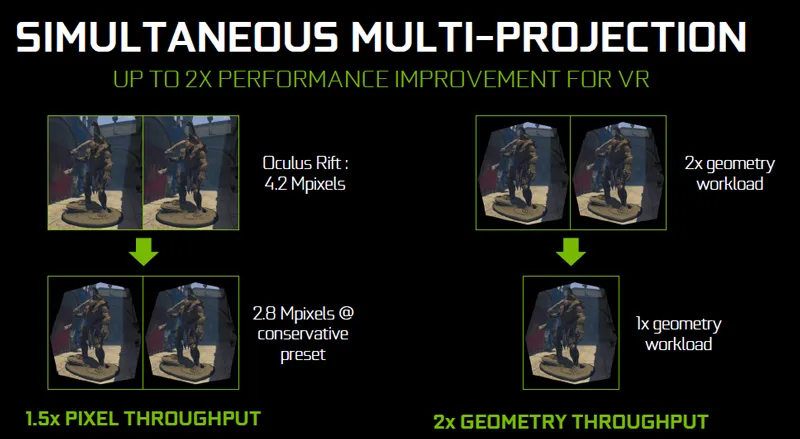
Other features of Pascal – Async Compute, Dynamic Load Balancing, and Graphic Pipeline Preemption are all important upgrades over Maxwell architecture. Asynchronous Compute is used in physics, post processing and in VR, and it will be significantly faster than Maxwell in games that use it like Ashes of the Singularity, as you will see. Dynamic load balancing means the GPU can now spend less time idling and can do more work, while preemption allows the GPU to pass the graphics load to system memory quickly and without penalty. Preemption is particularly useful for VR where keeping latency low is absolutely crucial.
All of this adds up to make the Pascal GTX 1080 a speed demon by virtue of its faster clocks and improved architecture where Nvidia estimates that the GTX 1080 is approximately 1.7 times faster than the GTX 980 in gaming, and 2.7 times faster in VR.
Pascal GPUs also have support for HDR (High Dynamic Range) displays by virtue of having HDMI 2.0b and DP 1.4 built in. It even supports HDR gaming and streaming to HDR TVs which are coming soon. The GeForce GTX 1080 is DisplayPort 1.2 certified, DP 1.3/1.4 Ready, enabling support for 4K displays at 120Hz, 5K displays at 60Hz, and 8K displays at 60Hz (using two cables).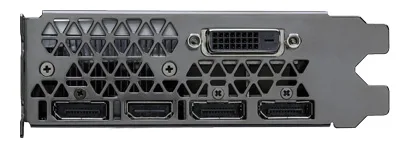
The GeForce GTX 1080 Founder’s Edition includes three DisplayPort connectors, one HDMI 2.0b connector, and one dual link DVI connector. Up to four display heads can be driven simultaneously from one card. The GTX 1080 display pipeline supports HDR gaming, as well as video encoding and decoding. New to Pascal is HDR Video (4K@60 10/12b HEVC Decode), HDR Record/Stream (4K@60 10b HEVC Encode), and HDR Interface Support (DP 1.4).
Something New – Fast Sync and GPU Boost 3.0
Nvidia has already brought us GSync which decouples the display from the render and is mostly useful for lower framerates so that there is no tearing nor other visual artifacting while maintaining a smooth and fluid display of frames. Fast Sync is primarily used for high frame rate situations where game frame rates far exceed the refresh rate of the monitor. It is especially useful for eSports titles that have high frame rates and require low latency and fast response times. Fast Sync delivers the low latency of Vsync Off, with no tearing.
Fast Sync is available in the Pascal Control Panel, but we haven’t had a chance to play with it yet, and we will give you a full report when we can evaluate it properly. It looks like a great solution to have low latency with no tearing at high framerates.
SLI and new SLI Bridges
Pascal requires more bandwidth than Maxwell, and the old SLI bridges are not sufficient so Nvidia has designed new ones.
Nvidia has indicated that they will continue to allow for more than two video cards to be linked in SLI, but that they are concentrating on only supporting two cards.
Nvidia has improved their GPU boost from version 2.0 to 3.0. Maxwell uses a fixed frequency offset but Pascal uses a per voltage point frequency offset for more flexibility for overclocking. EVGA’s Precision XOC beta now includes an overclocking scanner that automatically determines the frequency offset curve according to the theoretical maximum GPU clocks. It determines this for each voltage point by running a built in benchmark, allowing users to generate a custom frequency offset curve that can even be fine-tuned manually later.
We did not spend much time with the new Precision XOC, but will devote a future article to overclocking the GTX 1080, and will be able to give you a complete report on the complexities of GPU Boost 3.0. Instead, we manually clocked our GTX 1080 to just over 2,000MHz (+190MHz offset to the core and +150MHz to the memory) to test scaling in a few games and we got absolute stability without really trying.
Ansel
Nvidia also announced Ansel, a powerful game capture tool that allows gamers to explore, capture, and share the artistry of gaming in radical new ways.

With Ansel, gamers can compose the gameplay shots by pointing the camera in any direction and from any vantage point within a gaming world allowed by the devs. They can capture screenshots at up to 32x screen resolution, and then zoom into a chosen location without losing fidelity. With photo-filters, they can add many different effects in real time before taking their shot, or process them afterward. They can even capture 360-degree stereo photospheres for viewing with a VR headset or with Google Cardboard.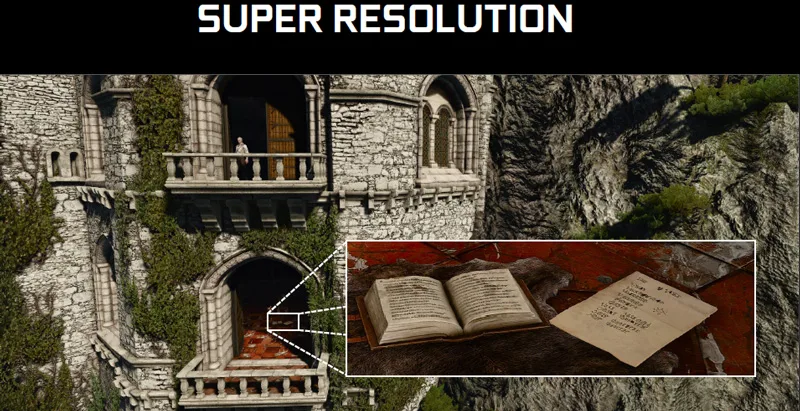
Ansel will be available in upcoming releases and by game patches such as Tom Clancy’s The Division, The Witness, Lawbreakers, The Witcher 3, Paragon, No Man’s Sky, Obduction, Fortnite and Unreal Tournament.
The Founder’s Edition of the GTX 1080
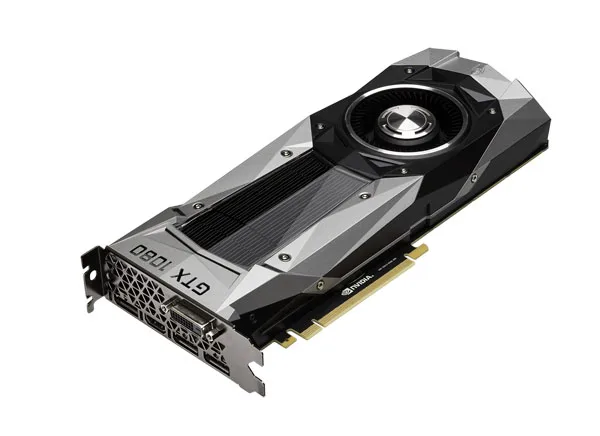 The GeForce GTX 1080 Founders Edition is a graphics card designed and built by Nvidia that will sell for $699, $100 more than the base models of the partner cards. It was crafted with premium materials and components, including a die cast aluminum body and low profile backplate. It is ideal for situations where air needs to be exhausted out of a case, and perfect for SLI compared with open designs which do not do well in small form factor cases.
The GeForce GTX 1080 Founders Edition is a graphics card designed and built by Nvidia that will sell for $699, $100 more than the base models of the partner cards. It was crafted with premium materials and components, including a die cast aluminum body and low profile backplate. It is ideal for situations where air needs to be exhausted out of a case, and perfect for SLI compared with open designs which do not do well in small form factor cases. 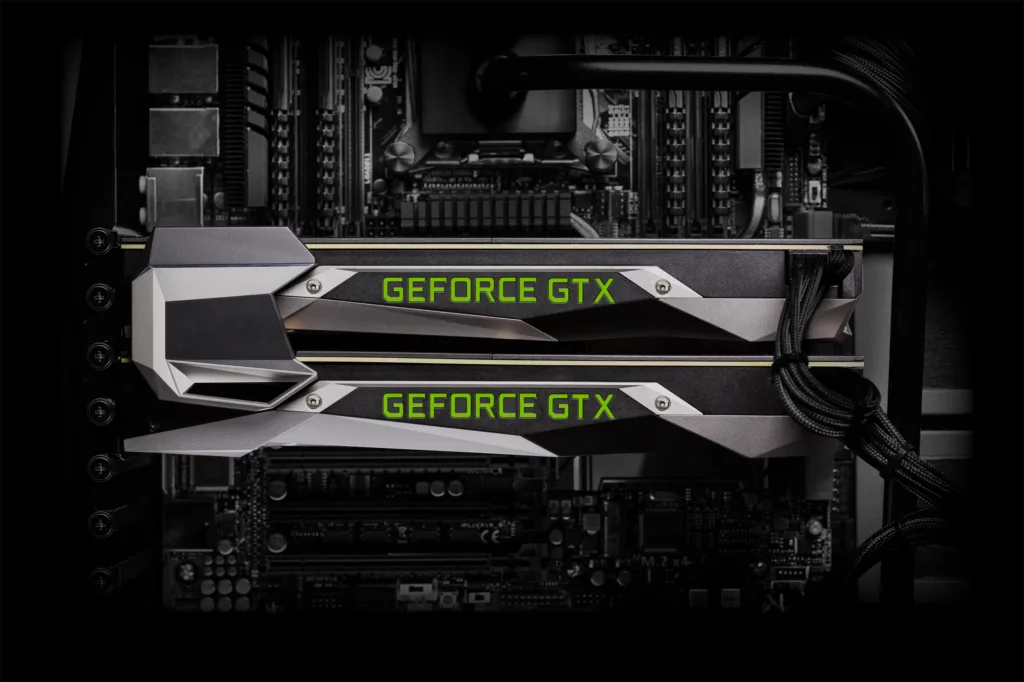
Compared with Maxwell reference versions, the power supply has been upgraded from 4 phases to a 5 phase dualFET design and tuned for bandwidth, phase balancing and quiet acoustics. Power efficiency has increased by approximately 6% compared to the GTX 980, and peak to peak voltage noise was reduced from 209mV to 120mV for improved overclocking.
The GTX 1080 uses a vapor chamber cooling, a first for a Nvidia 180W graphics card.  It features a new low profile backplate with a removable section to allow better airflow between multiple graphics cards in adjacent SLI configuration.
It features a new low profile backplate with a removable section to allow better airflow between multiple graphics cards in adjacent SLI configuration.
It comes in a big and rather heavy box. If you remove the top of the box, it makes a nice display for the card.
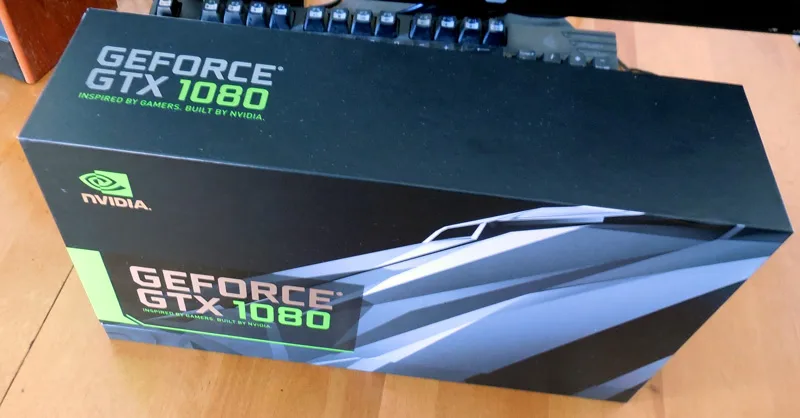
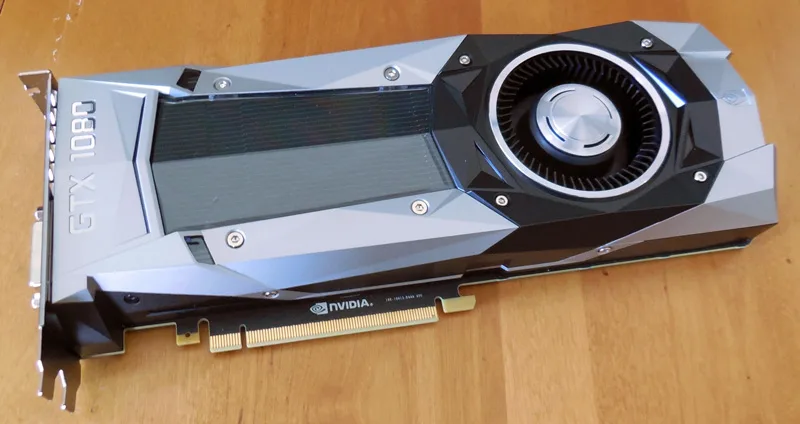 The GeForce GTX 1080 “Founders Edition” will be available on May 27 for $699. It will be available from ASUS, Colorful, EVGA, Gainward, GALAX, Gigabyte, Innovision 3D, MSI, NVIDIA. Palit, PNY and Zotac. Custom boards from partners will vary by region, and pricing is expected to start at $599. The Founders Edition of the GTX 1080 are premium built by Nvidia reference versions that will be available for purchase for the entire life of the line instead of only at launch.
The GeForce GTX 1080 “Founders Edition” will be available on May 27 for $699. It will be available from ASUS, Colorful, EVGA, Gainward, GALAX, Gigabyte, Innovision 3D, MSI, NVIDIA. Palit, PNY and Zotac. Custom boards from partners will vary by region, and pricing is expected to start at $599. The Founders Edition of the GTX 1080 are premium built by Nvidia reference versions that will be available for purchase for the entire life of the line instead of only at launch.
Much More
There is so much more that we simply cannot cover, including MultiRes Shading which can now be applied to desktop gaming. This applies more GPU power toward the center of the screen resulting in more detail and higher resolution where gamers tend to focus their attention.
Pascal also brings VRWorks Audio using the Nvidia OptiX ray-tracing engine to trace the path of sounds across an environment in real time which better reflects the size, shape, and material of VR than previous solutions. Much more can be said about VR, but we are concentrating on PC gaming and especially performance. However, let’s look at the Pascal GTX 1080 specifications first.
Specifications
Here are the specifications for the GTX 1080:
How does the GTX 1080 compare with its rival, AMD’s Fury X?
It doesn’t. The GTX 1080 is simply in a class above the Fury X and even well above the GTX 980, GTX 980 Ti and above the TITAN X. How far? We are going to look at the performance of 26 games to compare the GTX 1080 with the TITAN X, with the GTX 980 Ti and with the GTX 980 SLI, and versus the Fury X.
However, before we do performance testing, let’s take a closer look at the GTX 1080 and check out overclocking and noise.
Overclocking, and noise
The GTX 1080 is a very quiet card even when overclocked. We did not get to spend more than a few minutes with the new Precision X and did not use its automatic overclocking scanner but instead settled on a core offset of +190MHz and +150MHz added to the memory clocks.
We saw our boost clocks now as high as 2012MHz and our memory clocks hit 5150MHz. Temperatures did not exceed 86C and the fan barely ramped up, staying about as quiet as the TITAN X or our GTX 980 Ti which are quite reasonable.
The Witcher 3 gained 2 fps by our overclock, from 40.1 to 42.1 fps average at 4K; Batman Arkham Knight gained 4fps at 4K – from 55 to 59 fps average, and Fallout 4 gained from 35.7 fps to 40 fps at our highest tested resolution. Also at 4K, Far Cry Primal gained 2 fps from 41 to 43 fps, while Rise of the Tomb Raider DX12 gained the least, from 43.6 to 45.3 fps, also at 4K. So scaling is decent with a modest overclock. We will test this further in a future article devoted to overclocking the GTX 1080.
Let’s check out performance after we look at our test configuration on the next page.
Test Configuration
Test Configuration – Hardware
- Intel Core i7-4790K (reference 4.0GHz, HyperThreading and Turbo boost is on to 4.4GHz; DX11 CPU graphics), supplied by Intel.
- ASUS Z97-E motherboard (Intel Z97 chipset, latest BIOS, PCIe 3.0 specification, CrossFire/SLI 8x+8x)
- Kingston 16 GB HyperX Beast DDR3 RAM (2×8 GB, dual-channel at 2133MHz, supplied by Kingston)
- GTX 1080, 8GB, Founder’s Edition, reference clocks supplied by Nvidia
- GeForce GTX 980 Ti, 6GB reference clocks, supplied by Nvidia
- 2 x GeForce GTX 980, 4GB, reference clocks, supplied by Nvidia
- PowerColor R9 Fury X 4GB, stock clocks.
- Two 2TB Toshiba 7200 rpm HDDs
- EVGA 1000G 1000W power supply unit
- Cooler Master 2.0 Seidon, supplied by Cooler Master
- Onboard Realtek Audio
- Genius SP-D150 speakers, supplied by Genius
- Thermaltake Overseer RX-I full tower case, supplied by Thermaltake
- ASUS 12X Blu-ray writer
- Monoprice Crystal Pro 4K
Test Configuration – Software
- Nvidia’s GeForce GTX 1080 Launch Drivers 368.13 and 368.16 (they differ only that 368.16 was written to enable use of the new Precision X) were used for the GTX 1080, GTX TITAN X and for GTX 980 SLI; and 365.10 drivers were used to benchmark the GTX 980 Ti. High Quality, prefer maximum performance, single display.
- The AMD Crimson Software 16.5.2 was used for benching the Fury X. Hotfix 16.5.2 released yesterday afternoon was used for DOOM and for Hitman. Global settings are noted below after the benchmark suite.
- VSync is off in the control panel.
- AA enabled as noted in games; all in-game settings are specified with 16xAF always applied
- All results show average frame rates including minimum frame rates shown in italics on the chart next to the averages in smaller font.
- Highest quality sound (stereo) used in all games.
- Clean install of Windows 10 64-bit Home edition, all DX11 titles were run under DX11 render paths. Our DX12 titles are run under the DX12 render path. Latest DirectX
- All games are patched to their latest versions at time of publication.
- EVGA’s Precision XOC, latest beta version for Nvidia cards.
The 26PC Game benchmark suite & 1 synthetic test
- Synthetic
- Firestrike – Basic & Extreme
-
DX11* Games
- Crysis 3
- Metro: Last Light Redux (2014)
- GRID: Autosport
- Middle Earth: Shadows of Mordor
- Alien Isolation
- Dragon’s Age: Inquisition
- Dying Light
- Total War: Attila
- *Wolfenstein: The Old Blood (*OpenGL game)
- Grand Theft Auto V
- ProjectCARS
- the Witcher 3
- Batman: Arkham Knight
- Mad Max
- Fallout 4
- Star Wars Battlefront
- Assassin’s Creed Syndicate
- Just Cause 3
- Rainbow Six Siege
- DiRT Rally
- Far Cry Primal
- Tom Clancy’s The Division
- DOOM (OpenGL game)
- DX12 Games
- Ashes of the Singularity
- Rise of the Tomb Raider
- Hitman
Here are the settings that we always use in AMD’s Crimson Control Center for our default benching. They are identical settings to what we used in the older Catalyst Control Center. The new Power Efficiency Toggle which was made available for the Fury X and some 300 series cards after Crimson Software 16.3, is left off in our benching.
Nvidia’s Control Panel settings:

Let’s head to our performance charts.
Performance summary charts & graphs
Here are the summary charts of 26 games and 1 synthetic test. The highest settings are always chosen and it is usually DX11; DX12 is picked above DX11 where available, and the settings are ultra or maxed. Specific settings are listed on the performance charts. The benches were run at 1920×1200, 2560×1440, and at 3840×2160. All results, except for FireStrike, show average framerates and higher is always better. Minimum frame rates are shown when they are available and they make sense, next to the averages but they are in italics and in a slightly smaller font. In-game settings are fully maxed out and they are identically high or ultra across all platforms.
Here is our main chart. Please note that the Fury X is run on the latest Crimson Software driver 16.5.2 released May 10. A hotfix was released yesterday that increases performance for DOOM and Hitman so we used that hotfix for those two games only. All of the Geforce cards were tested on the GTX 1080 launch drivers, except for the GTX 980 Ti which ran on last month’s drivers, 365.10, so it is handicapped slightly; but we used the launch drivers for both DOOM and Hitman for the GTX 980 Ti.
It is a blowout. The GTX 1080 generally wins almost every game benchmark. It is the first single-GPU card that is truly suitable for 4K with ultra settings for most games.
Let’s break the chart into smaller charts and first look at 2013/2014 games: 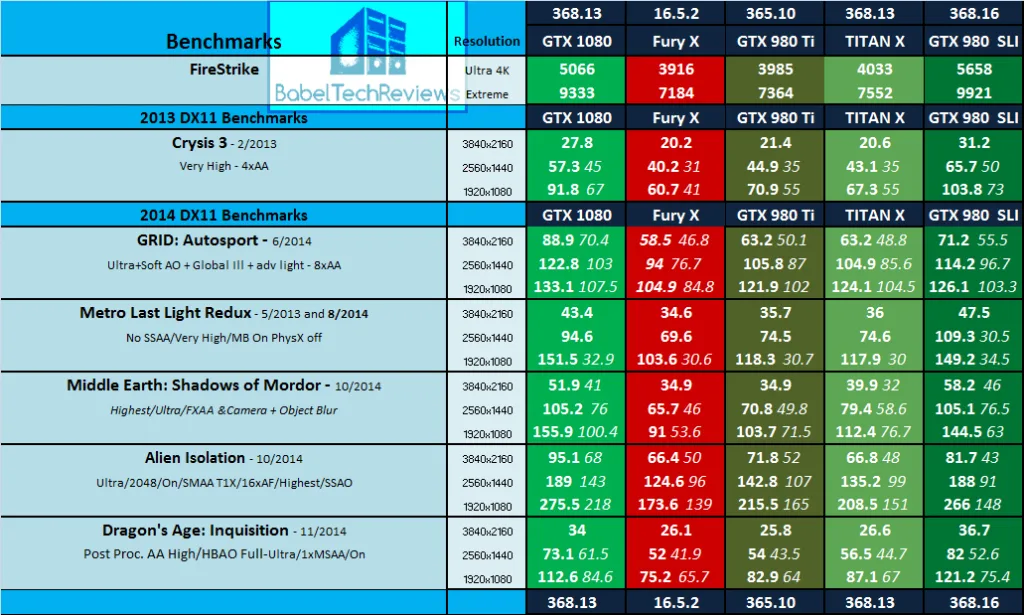
In 3 older games that are well-optimized for SLI, GTX 980 SLI is a very good solution. Now let’s look mostly at 2015 games: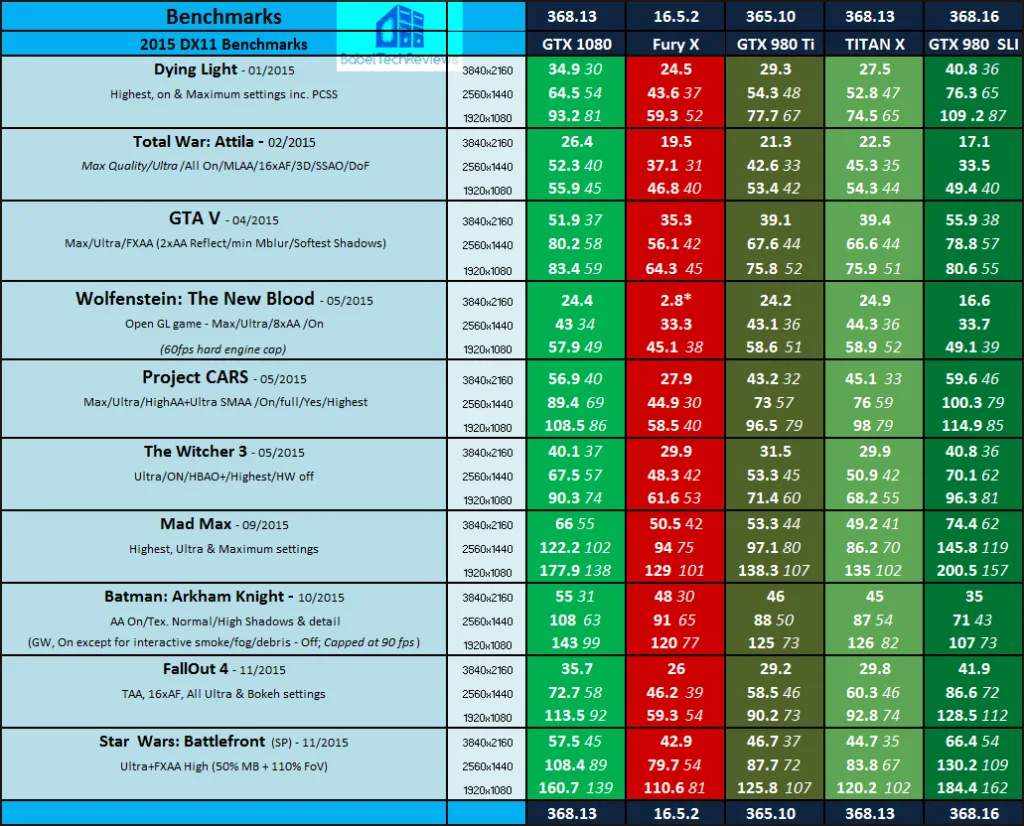
This time, the Pascal GTX 1080 pulls away from the bunch of other top cards. Now let’s look at games released at the end of 2015 into 2016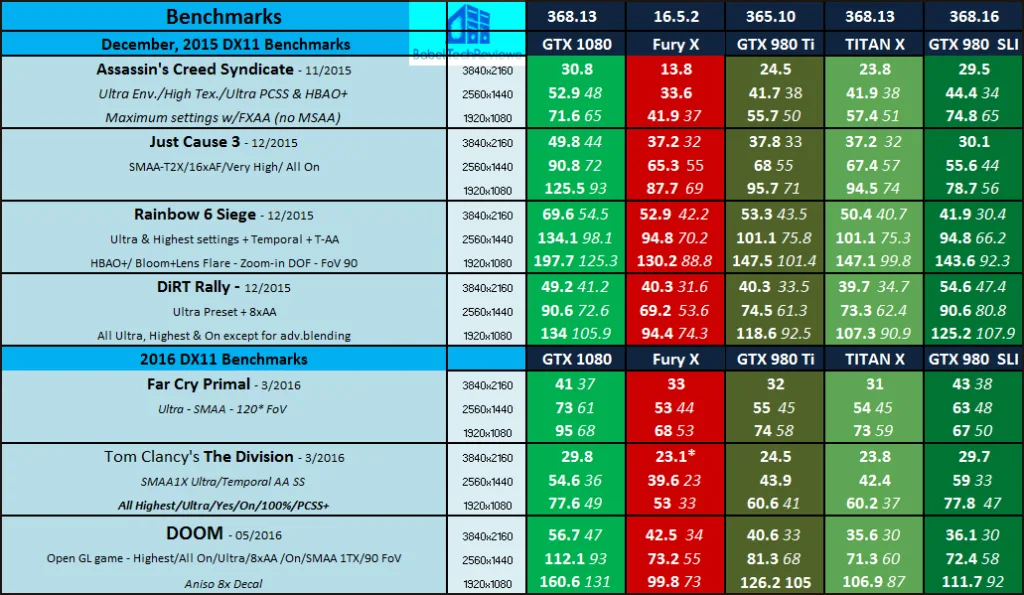 Here SLI becomes more hit or miss and sometimes there is little or no scaling beyond 1 card. Now see what happens with DX12 games.
Here SLI becomes more hit or miss and sometimes there is little or no scaling beyond 1 card. Now see what happens with DX12 games.
In the latest DX12 games, the GTX 1080 consistently beats GTX 980 SLI as SLI doesn’t scale well any longer.
Please note that DOOM is a brand new benchmark for us. We chose a preliminary benchmark run that is repeatable and consistent although there are far more demanding areas of the game. We will update our DOOM benchmark later on as we progress through the game. However, in its current form, the DOOM benchmark will show relative performance between the video cards that we tested. It is an excellent game for benchmarking as it is demanding, but well-optimized.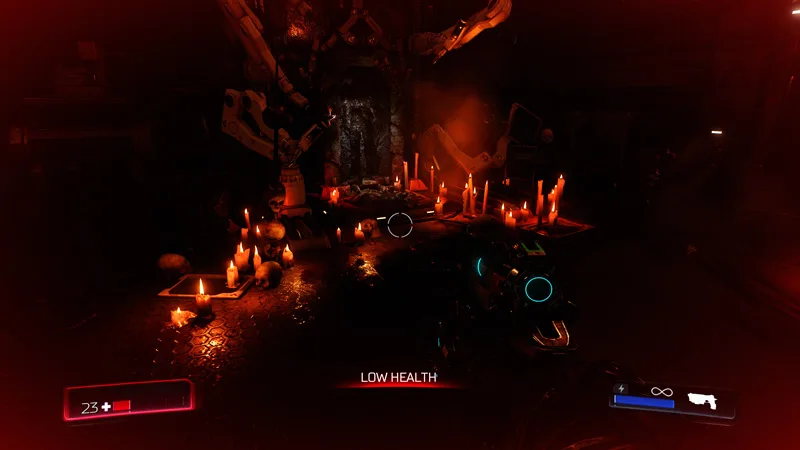
Now we break up the charts differently so we can focus on just comparing the GTX 1080 with AMD’s fastest single card, the Fury X.
The GTX 1080 runs away from the Fury X. In fact, the Fury X doesn’t win a single benchmark against the new GTX 1080 and it doesn’t even come close.
Now we focus on the GTX 1080 vs. GTX 980 SLI.
It comes down to individual scaling of two Nvidia GTX 980 GPUs. In especially older games, SLI has been perfected, but in newer games, the GTX 980 SLI often cannot scale well and the single GTX 1080 wins.
Let’s focus on just the GTX 1080 Ti versus the TITAN X, a $1,000 card.
Generally, the GTX 1080 beats the two GTX 980s in SLI but it always beats the Fury X, the TITAN X and the GTX 980 TI. It is the world’s fastest single-GPU video card and well suited for playing at 4K.
Let’s head for our conclusion.
Conclusion
This has been quite an enjoyable, if far too short, 5-day exploration for us in evaluating our new GTX 1080 since Tuesday night of this last week. It did incredibly well performance-wise comparing it to GTX 980 SLI where it generally brings higher performance. And it is a blowout in favor of the new GTX 1080 where other top single GPU cards are tested. It totally blows away its competitor, the Fury X, the TITAN X, and even the GTX 980Ti!
We are totally impressed with this high-performance single 8-pin PCIe cabled Pascal flagship chip that has such good overclockability and a good price considering its ultra performance at 4K. Priced beginning at $599, and $699 as tested, it slots well above the $650 GTX 980 Ti and $1,000 TITAN X, and far, far above the Fury X or the GTX 980, and it offers more advantages and new features for its price. The reference/Founder’s Edition GTX 1080 is not intended as a budget card as it is premium in every sense of the word at $699.
Although the GTX 1080 is not a budget card, it has been priced between $599 to $699 to slot in the GTX 980 Ti price range even though it is far more powerful. We see good overclockability with quietness at stock voltage and fan profile from the reference/Founder’s design GTX 1080.
Pros
- TDP and power draw is superb at 180W for such a high-performance GPU.
- Overclockability is very good so far – GPU Boost 3.0 works with the Precision X overclock utility even though it is in beta.
- The reference design cooling is quiet and efficient; the card and well-ventilated case stay cool even well-overclocked on a hot Summer-like day.
- It is possible to use two or more of these cards for extreme SLI performance.
- 3D Vision 2 and PhysX enhance gaming immersion and Nvidia has made PhysX available free of charge to devs. And VR becomes very possible with the GTX 1080.
- GameWorks brings new features to gaming and to VR.
- New Fast Sync allows for high performance decoupling from the monitor, without tearing at very high frame rates.
- The GTX 1080 is the fastest single-GPU video card – period! We cannot call price a ‘con’ as it has launched near GTX 980 Ti pricing and far below TITAN X pricing.
- The backplate is a nice touch and the updated industrial design is eyecatching.
Cons
- None.
 The Verdict:
The Verdict:
- If you are buying the ultimate flagship video card right now and looking for the highest performance, the GTX 1080 is the only choice. It is a high performance status card to run in the fastest systems, although it is not a value card.
- We would like to award the GTX 1080 the BabelTechReviews Editor’s Choice Award. It is uniquely powerful and priced similarly to the GTX 980 Ti.
We do not know what the future will bring, but the GTX 1080 brings a superb top-performer to the GeForce family. With great forward looking features, you can be assured of immersive gaming by picking this card for 2560×1440, 4K, or even higher multi-display resolutions including for Surround, and especially for VR. It is absolute overkill for 1080P.
If you currently game on any other video card, you will do yourself a favor by upgrading. The move to a GTX 1080 will give you better visuals on the DX11 and DX12 pathways and you are no doubt thinking of SLI if you want to get the ultimate gaming performance.
AMD offers their own set of features including Eyefinity and GCN 2.0. However, Fiji is less power-efficient architecture and AMD has no answer to the GTX 1080 with Fury X.
We hope that AMD will be able to bring out a new and powerful flagship video card as they are losing market share and margins as they drop the pricing on their entire lineup just to compete on price versus performance against Nvidia. However, we just don’t see this happening until next year as they are evidently concentrating on the Polaris mid-range first.
Stay tuned, there is a lot coming from us at BTR. Next, we will test GTX 1080 overclocking.
